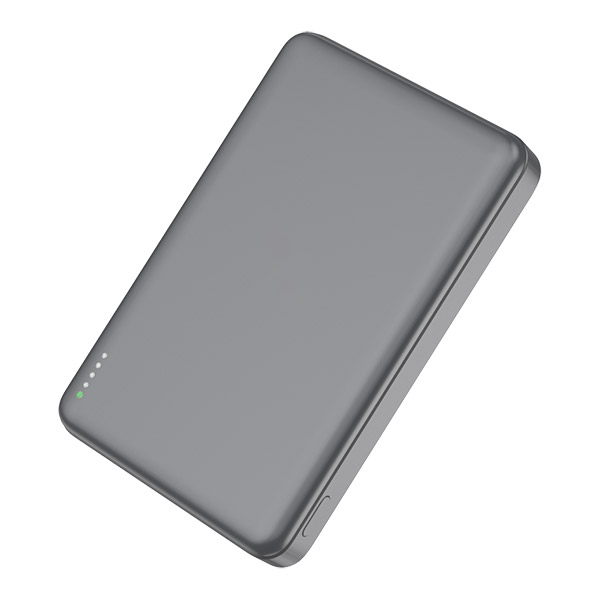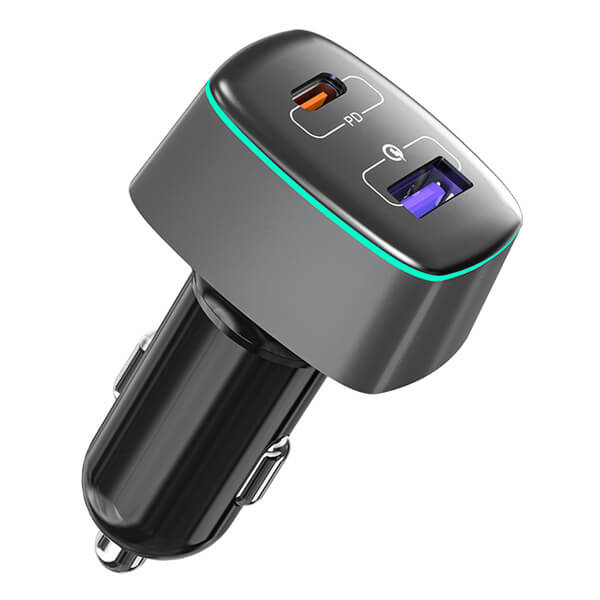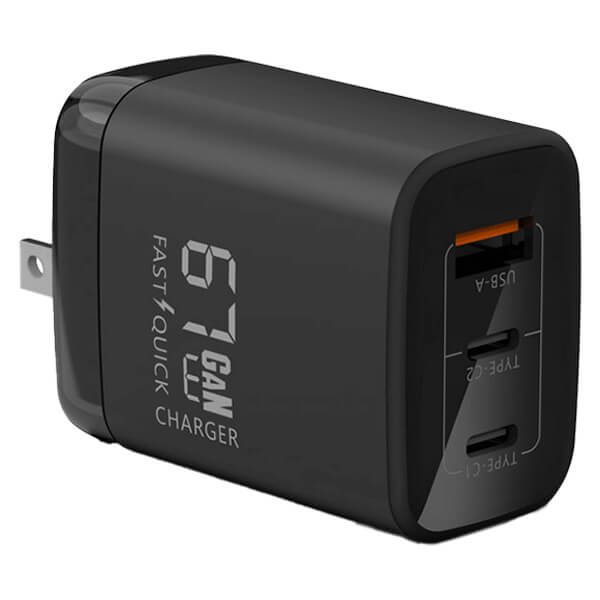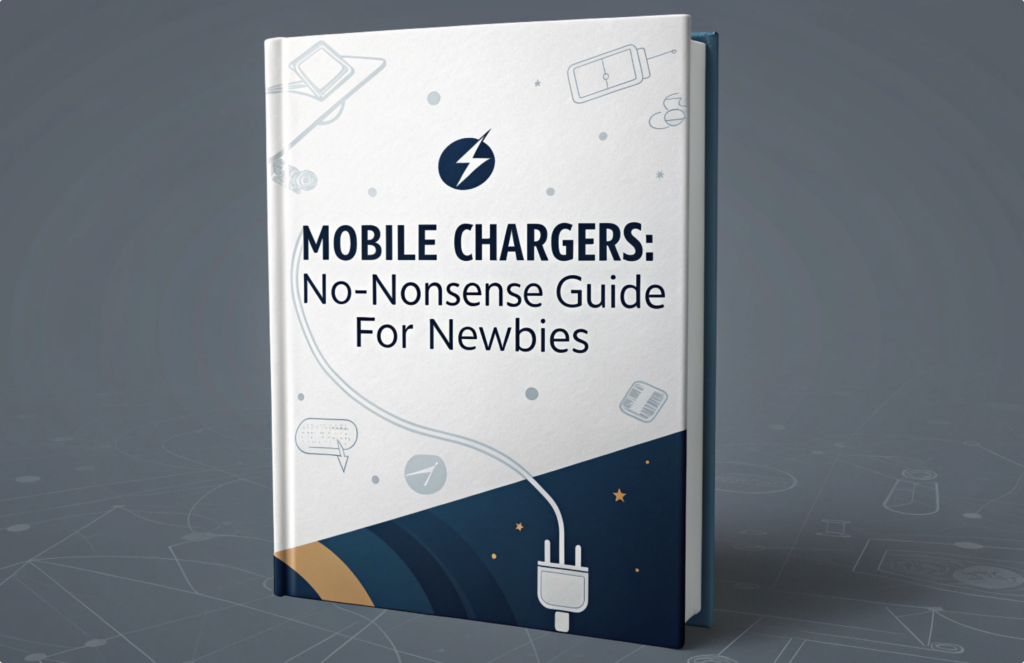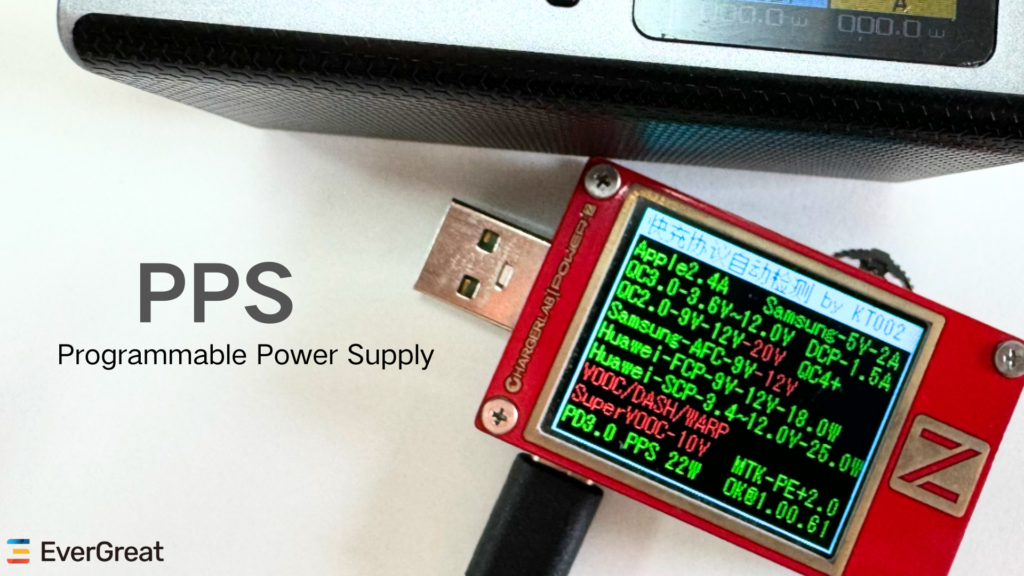
In our increasingly digital world, power banks have become indispensable companions, providing us with the freedom to charge our devices on the go. Whether we’re travelling, working remotely, or simply out and about, these portable power sources keep our smartphones, tablets, and other gadgets juiced up and ready for action. However, amidst the convenience they offer, there lurks a potential danger: the risk of a short circuit. Enter short circuit protection – a vital safety feature embedded within power banks to shield both the devices and the power bank itself from harm.
Understanding Short Circuits
Before delving into short circuit protection, let’s first grasp the concept of a short circuit. At its core, a short circuit occurs when there’s an unintended connection between two points in an electrical circuit with minimal or zero resistance. This connection creates a pathway for electricity to flow unrestricted, resulting in a surge of current. The sudden influx of electrical energy can overwhelm the circuit, potentially leading to overheating, damage, or even fire.
The Role of Short Circuit Protection
Short circuit protection serves as a crucial safeguard against the perils posed by short circuits. Embedded within power banks, this feature monitors the flow of current within the circuitry. If an abnormal surge of current indicative of a short circuit is detected, the protection mechanism swiftly springs into action, interrupting the flow of electricity to prevent further damage.
How Short Circuit Protection Works?
Short circuit protection in power banks operates through a combination of hardware components and integrated circuits (ICs). These components work in tandem to detect and mitigate short-circuit events effectively. Here’s how it typically functions:
- Monitoring Current Flow: Short circuit protection constantly monitors the current flowing through the power bank’s circuitry. This monitoring is crucial for detecting any deviations from the normal operating parameters.
- Detection of Abnormal Current: If a short circuit occurs, resulting in an abnormal surge of current, the protection mechanism swiftly identifies this deviation from the expected behaviour.
- Immediate Intervention: Upon detecting a short circuit, the protection mechanism activates without delay. It interrupts the flow of electricity within the circuit, effectively cutting off power to prevent further escalation of the issue.
- Safety Measures: Short circuit protection may employ various safety measures, such as fuses or circuit breakers, to isolate the affected circuit and prevent damage. These components act as fail-safes, ensuring the safety of both the power bank and any connected devices.
Benefits of Short Circuit Protection
The inclusion of short circuit protection offers several benefits to users of power banks:
Device Safety: By promptly detecting and mitigating short circuit events, short circuit protection helps to safeguard the connected devices from damage or malfunction.
Power Bank Protection: Short circuit protection also shields the power bank itself from potential harm, preserving its functionality and longevity.
Peace of Mind: Knowing that their devices are protected against short circuit-related risks, users can enjoy greater peace of mind when using power banks.
Short circuit protection is a vital safety feature that plays a crucial role in ensuring the safe and reliable operation of power banks. By swiftly detecting and responding to short circuit events, this protection mechanism helps to safeguard both the power bank and the devices connected to it, providing users with the assurance they need to stay powered up on the go. So the next time you reach for your trusty power bank, rest assured that short circuit protection has your back, keeping you and your devices safe from harm.

